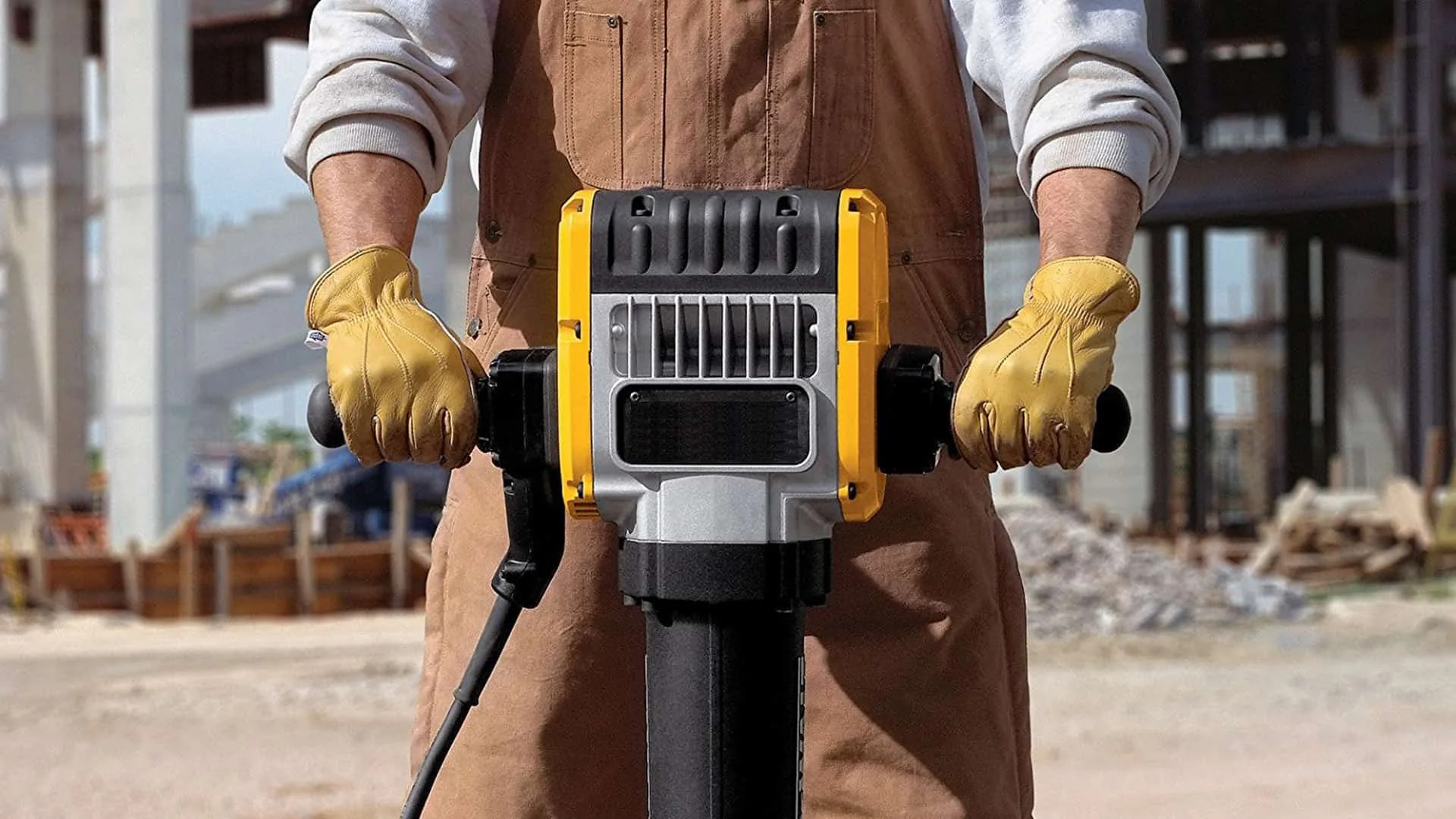
Why HAVS Still Matters:
Protecting Workers Through Awareness and Testing
By Kush Singh, Business Development Manager
In commercial vehicle workshops, tools like impact wrenches, grinders, and drills are part of daily life — which is exactly why the risks of vibration exposure often go unnoticed. A major risk is the Health and Safety Executive will investigate HAV and carpel tunnel syndrome injuries. In my experience, many employers and technicians are unaware of the seriousness of Hand-Arm Vibration Syndrome (HAVS) until they’re introduced to it through our on-site assessments or E-Workshop training modules.
The challenge with HAVS is that it develops gradually, and by the time symptoms are recognised, the damage is often permanent. That’s why regular surveillance and ongoing education in the workshop is critical. Simple steps — like tracking exposure through our vibration testing, delivering practical toolbox talks, and encouraging open dialogue — can make a significant difference.
From what I’ve seen, the workshops that take HAVS seriously not only protect their teams but also reduce unplanned downtime and improve regulatory compliance. In 2025, HAVS remains a real risk — but with proactive assessments and the right support, it’s a risk we can manage. At I-HSQE Examinations we have proven solutions to help your company comply with the control of vibration at workplace 2005, all-in-all to help clients take meaningful steps toward safer, healthier workplaces.

